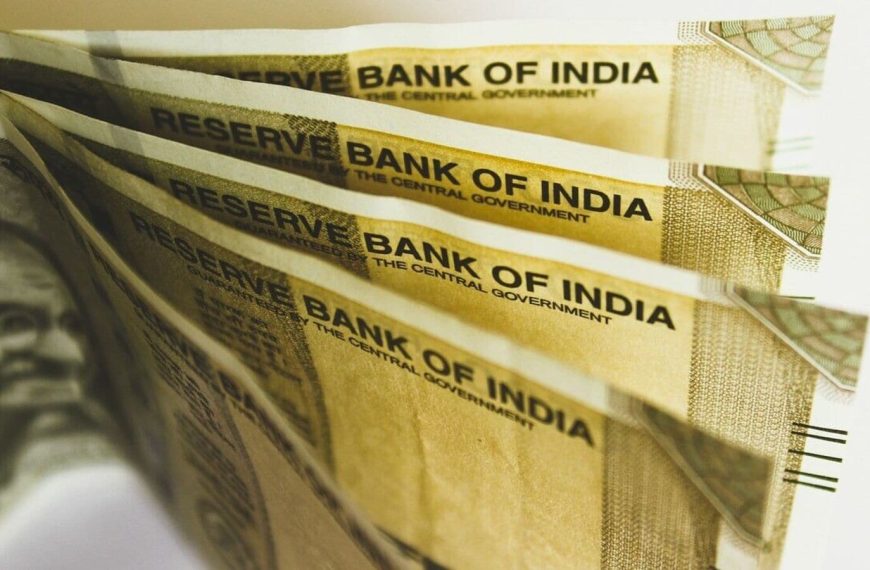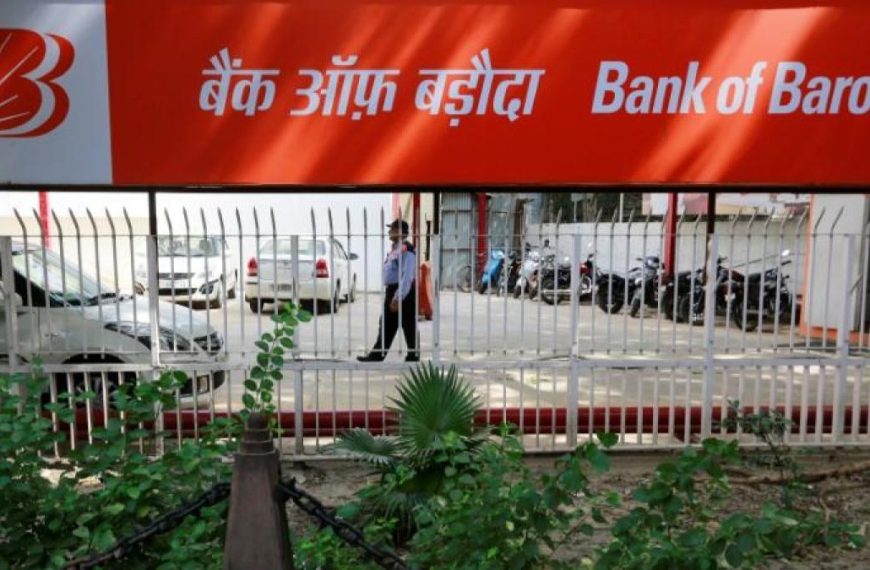Indian stock markets demonstrated resilience on Wednesday, recovering from a decline of over 1.5% the previous day. This rebound was fueled by optimism in the face of US President Donald Trump’s impending tariff announcements. As traders reacted to the prevailing economic climate, the benchmark indices managed to claw back more than half of their earlier losses, showcasing a determined market spirit.
Market Recovery and Performance
On Wednesday, the Sensex experienced a notable increase, rising by 592.93 points or 0.78%, finishing at 76,617.44. The Nifty also saw gains, climbing 166.65 points or 0.72% to close at 23,332.35. Notably, broader market indices outperformed the benchmarks, with the BSE Midcap index up by 1.38% and the BSE Smallcap index gaining 0.99%.
- Sensex: +592.93 points
- Nifty: +166.65 points
- BSE Midcap: +1.38%
- BSE Smallcap: +0.99%
Currency Movements
Conversely, the Indian rupee faced challenges, depreciating by 5 paise or 0.6% to settle at 85.51 against the US dollar. This decline came as foreign institutional investors (FIIs) turned net sellers for the third day in a row, offloading shares worth ₹1,538.88 crore. In contrast, domestic institutional investors (DIIs) showed confidence by purchasing ₹2,808.83 crore worth of shares, according to provisional data from BSE.
Expert Insights on Market Trends
Amit Jain, co-founder of Ashika Global Family Office Services, commented on the situation, stating, “The tariffs could bring about short-term volatility, particularly affecting sectors reliant on exports, such as automobiles, IT, and pharmaceuticals. Despite these challenges, India’s robust domestic consumption remains a cornerstone of resilience.” He encouraged investors to remain vigilant for market fluctuations while seeking long-term prospects in sectors less affected by global trade dynamics.
Regional Market Comparisons
Amidst these developments, Asian markets exhibited mixed reactions. In China, the CSI 300 Index dipped by 0.1%, while the Shanghai Composite managed a slight gain of 0.1%. The Hang Seng Index in Hong Kong remained unchanged, and Japan’s Nikkei closed up by 0.28% after experiencing a volatile trading day.
Currency Performance Overview
The rupee, which briefly hit a low of 85.73 during trading, has shown remarkable improvement, with a 2.3% rise over the past month, benefiting from a weaker dollar and a resurgence in foreign investments. Radhika Rao, an executive director and senior economist at DBS Bank, noted that while the rupee is showing strength, potential resistance to further appreciation could emerge from adverse tariff-related news.
Looking Ahead
As market participants brace for the forthcoming tariff announcements from the Trump administration, combined with the expiry of the weekly F&O series, traders are advised to stay alert.
With the ongoing fluctuations in global trade and currency markets, now is a crucial time for investors to evaluate their strategies, focusing on long-term gains amid short-term volatility.











